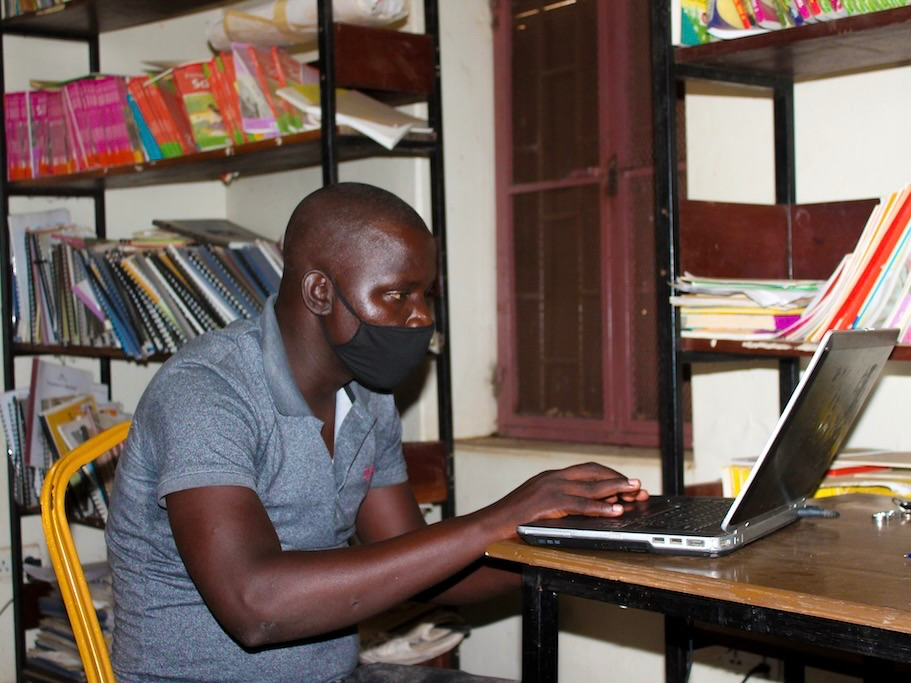- Intelsat provides satellite internet to 10 WPDI learning centers across South Sudan and Uganda.
- The three‑year deal equips centers with high‑speed connectivity, transforming digital education in conflict‑affected areas.
What happened: Satellite internet for learning hubs
Intelsat and the Whitaker Peace & Development Initiative (WPDI) announced a multi-year partnership to bring high-speed satellite internet to 10 Community Learning Centers in South Sudan and Uganda. Starting June 2025, Intelsat will provide hardware, on-site installation, managed connectivity, and technical support. This is the first time WPDI’s education centers in these regions receive reliable digital infrastructure.
This initiative aims to serve youth and communities in post-conflict zones with limited access to electricity and no broadband connectivity. The satellite solution bypasses the need for fiber or cellular networks, ensuring stable performance even in remote environments. The deployment includes routers, modems, and training for local staff to manage the system.
In a launch event attended by Forest Whitaker, founder of WPDI, both parties highlighted education as a pillar for peacebuilding and social healing. Intelsat emphasized the broader mission of using its space-based technology to promote equity and inclusion in underserved parts of the world.
Also Read: Intelsat links Solomon Islands to LEO satellite broadband
Also Read: Infrasat: Connecting Africa through innovative solutions
Why it’s important
This partnership offers more than just internet—it opens the door to e-learning, entrepreneurship, and social empowerment. With stable access, learners can explore global educational content, gain vocational skills, and connect with distant mentors. In regions where only about 19% of citizens have internet access, such connectivity is critical to rebuilding lives and restoring community cohesion.
WPDI’s centers already act as hubs for conflict resolution and trauma healing. With internet access, they now serve as platforms for digital storytelling, coding workshops, and small business incubation. This shift allows young people to not only process past trauma but also to shape future possibilities through creative digital tools.
On a global level, the project signals how satellite connectivity can support development goals beyond traditional media and navigation. It highlights the growing role of commercial space infrastructure in achieving digital inclusion where fiber or cellular networks are unfeasible.

